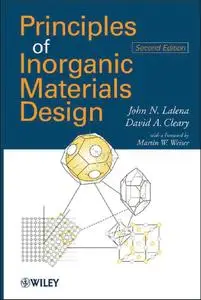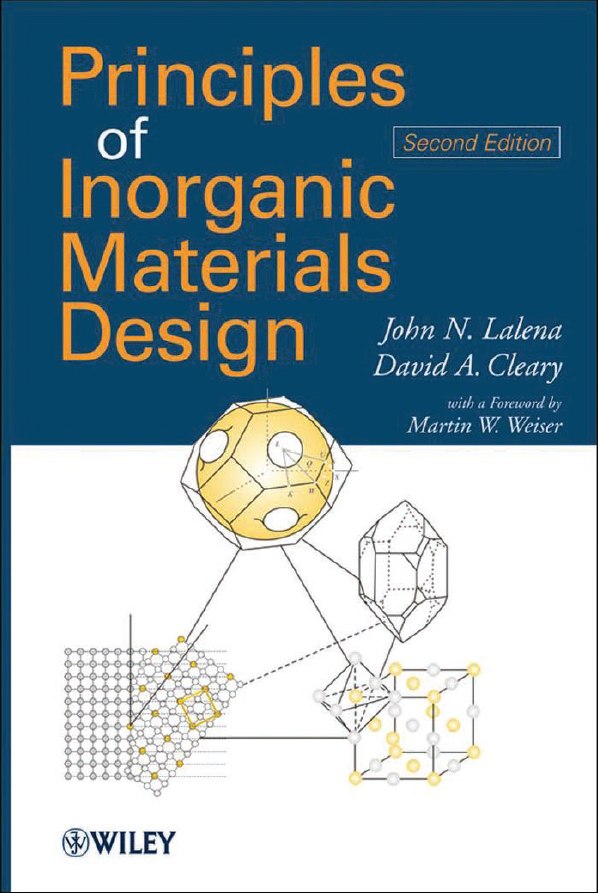John N. Lalena, David A. Cleary, Martin W. Weiser, "Principles of Inorganic Materials Design"
2010 | pages: 613 | ISBN: 0470404035 | PDF | 7,5 mb
2010 | pages: 613 | ISBN: 0470404035 | PDF | 7,5 mb
Unique interdisciplinary approach enables readers to overcome complex design challenges
Integrating concepts from chemistry, physics, materials science, metallurgy, and ceramics, "Principles of Inorganic Materials Design, Second Edition" offers a unique interdisciplinary approach that enables readers to grasp the complexities of inorganic materials. The book provides a solid foundation in the principles underlying the design of inorganic materials and then offers the guidance and tools needed to create specific materials with desired macroscopic properties.
"Principles of Inorganic Materials Design, Second Edition" begins with an introduction to structure at the microscopic level and then progresses to smaller-length scales. Next, the authors explore both phenomenological and atomistic-level descriptions of transport properties, the metal?nonmetal transition, magnetic and dielectric properties, optical properties, and mechanical properties. Lastly, the book covers phase equilibria, synthesis, and nanomaterials.
Special features include:
Introduction to the CALPHAD method, an important, but often overlooked topic
More worked examples and new end-of-chapter problems to help ensure mastery of the concepts
Extensive references to the literature for more in-depth coverage of particular topics
Biographies introducing twentieth-century pioneers in the field of inorganic materials science
This "Second Edition" has been thoroughly revised and updated, incorporating the latest findings and featuring expanded discussions of such key topics as microstructural aspects, density functional theory, dielectric properties, mechanical properties, and nanomaterials.
Armed with this text, students and researchers in inorganic and physical chemistry, physics, materials science, and engineering will be equipped to overcome today's complex design challenges. This textbook is recommended for senior-level undergraduate and graduate course work.
My Links



